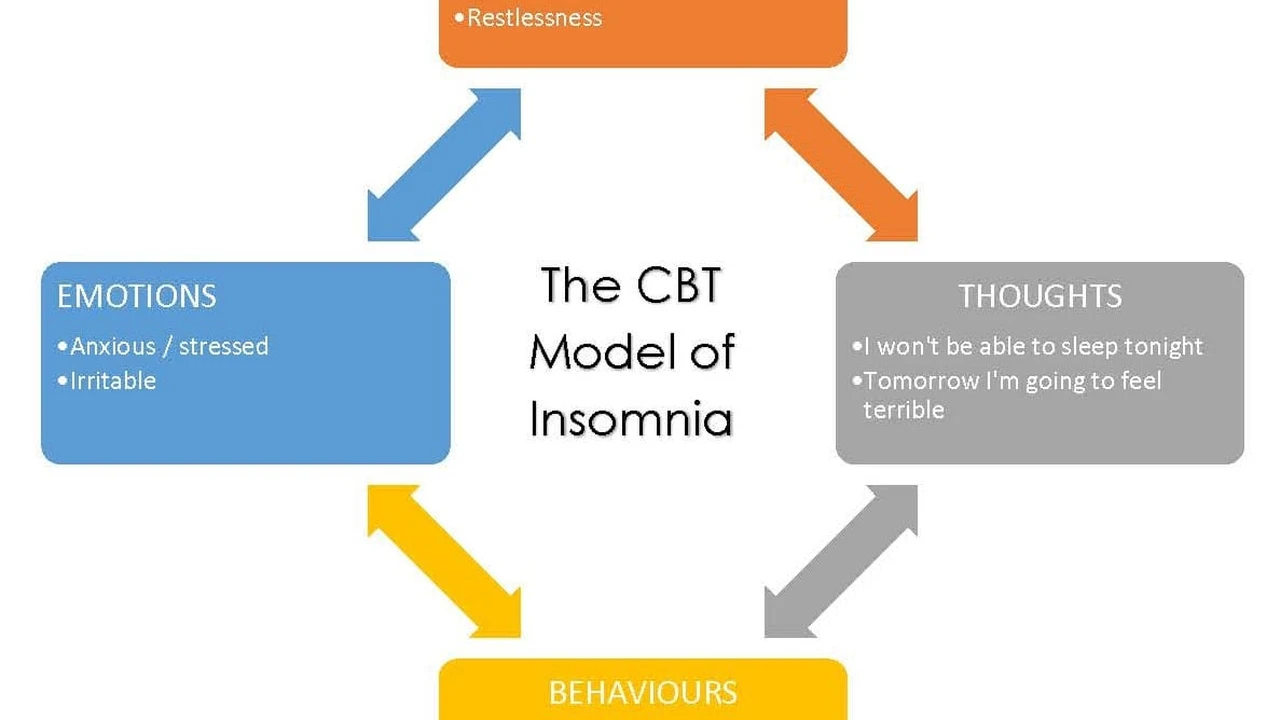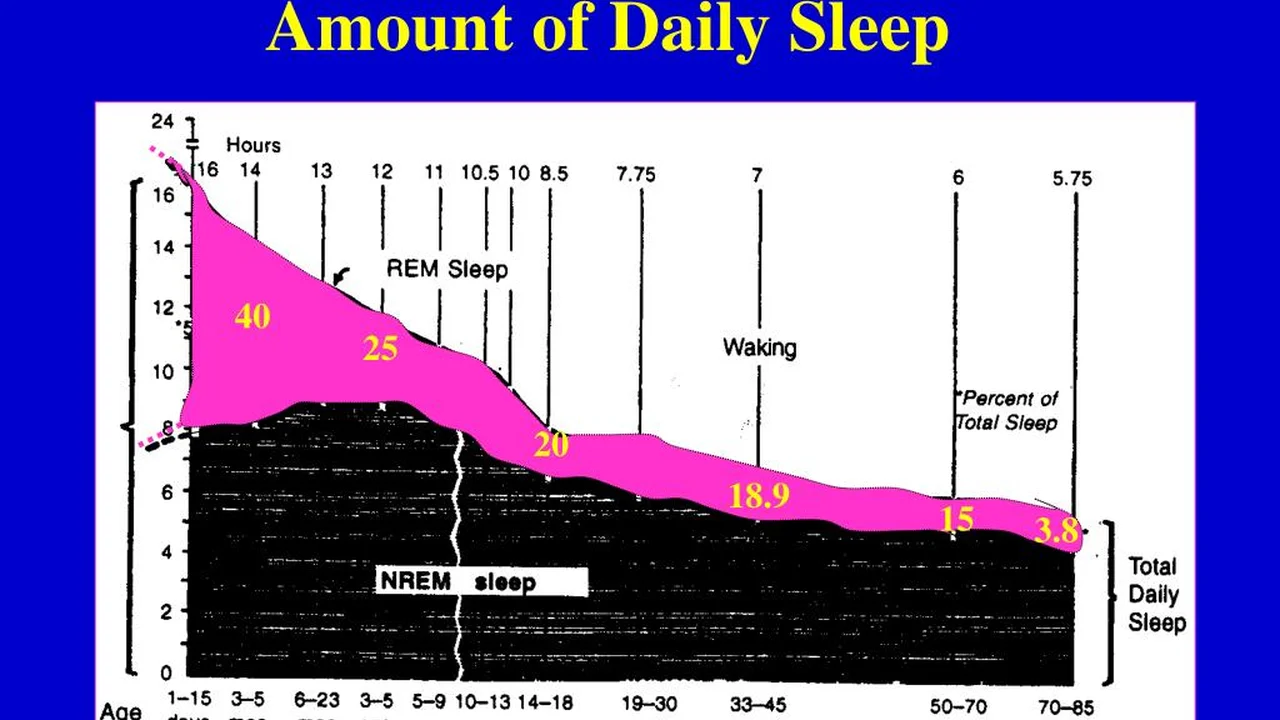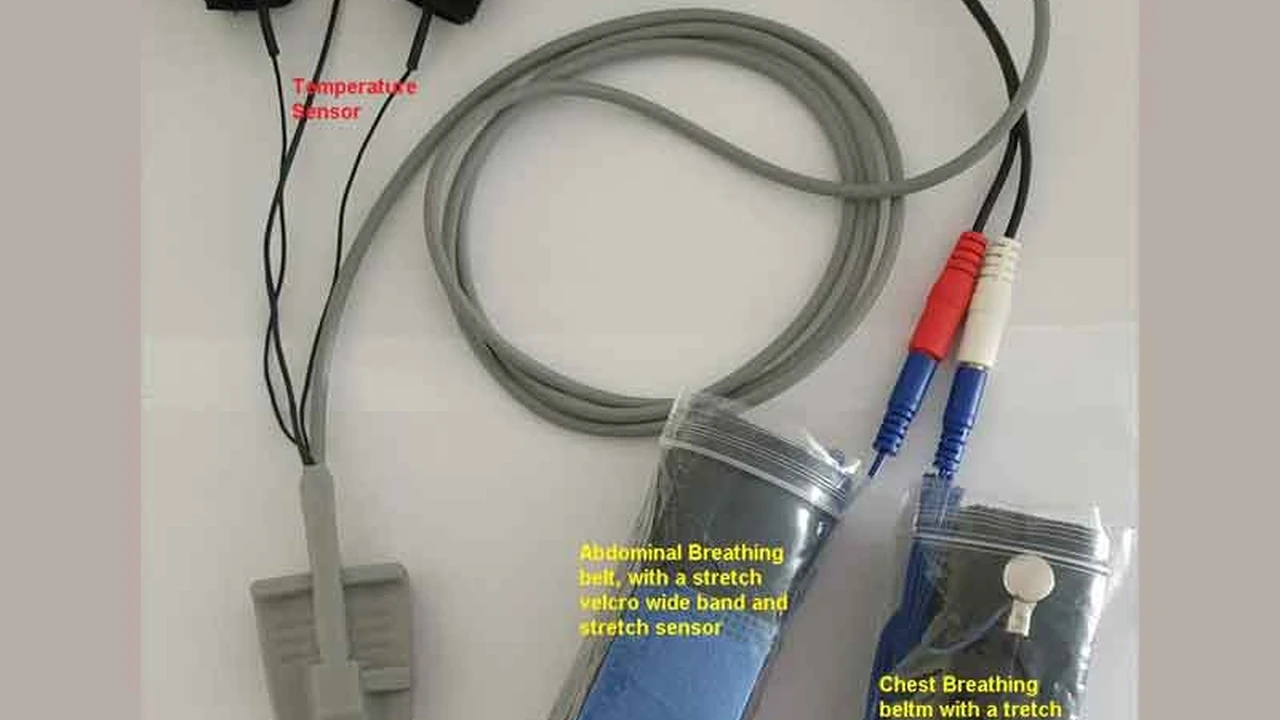Cognitive Behavioral Therapy for Insomnia
Discover the power of CBT-I for treating chronic insomnia. Learn how this therapy can transform your sleep habits.

Discover the power of CBT-I for treating chronic insomnia. Learn how this therapy can transform your sleep habits.
Cognitive Behavioral Therapy for Insomnia
Understanding Chronic Insomnia and Its Impact
Chronic insomnia is more than just a few restless nights; it's a persistent struggle to fall asleep, stay asleep, or achieve restorative sleep, occurring at least three nights a week for three months or longer. This pervasive sleep disorder can significantly impact every facet of your life, from your mood and energy levels to your cognitive function and overall physical health. Imagine waking up day after day feeling exhausted, struggling to concentrate at work, or finding yourself irritable with loved ones. This is the reality for millions grappling with chronic insomnia. Unlike acute insomnia, which might be triggered by temporary stress or life events, chronic insomnia often develops into a self-perpetuating cycle. People start to associate their bed with wakefulness and anxiety, leading to maladaptive behaviors and thought patterns that further entrench the problem. Traditional approaches often involve sleep medications, which can offer short-term relief but come with potential side effects and the risk of dependency. This is where Cognitive Behavioral Therapy for Insomnia, or CBT-I, emerges as a powerful, evidence-based alternative, offering a sustainable path to better sleep without relying on pills.
What is CBT-I Cognitive Behavioral Therapy for Insomnia Explained
CBT-I is a structured, multi-component therapy that addresses the underlying thoughts and behaviors contributing to chronic insomnia. It's not a quick fix but rather an educational and behavioral intervention designed to empower you with the tools to retrain your brain and body for healthy sleep. At its core, CBT-I operates on the principle that insomnia is often maintained by learned associations and cognitive distortions. For example, if you spend hours in bed trying to sleep, your brain starts to associate the bed with wakefulness and frustration, rather than rest. CBT-I systematically dismantles these negative patterns. It typically involves several key components, each targeting a specific aspect of insomnia. These include sleep restriction, stimulus control, cognitive restructuring, sleep hygiene education, and relaxation techniques. Unlike a one-size-fits-all approach, CBT-I is highly personalized, tailored to your specific sleep patterns and challenges. It's usually delivered over several sessions, either individually with a therapist, in group settings, or increasingly, through digital platforms and apps.
Key Components of CBT-I Sleep Restriction and Stimulus Control
Two foundational pillars of CBT-I are sleep restriction and stimulus control, which might sound counterintuitive but are incredibly effective. Sleep restriction involves temporarily limiting the amount of time you spend in bed to match your actual sleep time. For instance, if you're only sleeping 5 hours but spending 8 hours in bed, you'd initially restrict your time in bed to 5.5 hours. This creates a mild sleep deprivation, which in turn increases your sleep drive and makes you fall asleep faster and stay asleep more consistently. As your sleep efficiency improves (the percentage of time you're actually asleep while in bed), your time in bed is gradually increased. It's about consolidating sleep and strengthening the association between your bed and sleep. Stimulus control focuses on breaking the negative associations you've developed with your bed and bedroom. The core rules are simple: only go to bed when you're sleepy, use your bed only for sleep and sex (no reading, watching TV, or worrying), if you can't sleep after about 20 minutes, get out of bed and go to another room until you feel sleepy again, and maintain a consistent wake-up time every day, regardless of how much you slept. These rules help re-establish the bed as a cue for sleep, not wakefulness or anxiety.
Cognitive Restructuring Challenging Sleep Related Thoughts
Beyond behavioral changes, CBT-I delves into the mental aspect of insomnia through cognitive restructuring. This component helps you identify, challenge, and change unhelpful or distorted thoughts about sleep. Many people with insomnia develop negative thought patterns, such as 'I'll never sleep tonight,' 'If I don't get 8 hours, I'll be useless tomorrow,' or 'My insomnia is incurable.' These thoughts often lead to anxiety and arousal, making sleep even more elusive. Cognitive restructuring teaches you to recognize these automatic negative thoughts (ANTs), examine the evidence for and against them, and replace them with more balanced and realistic perspectives. For example, instead of 'I'll never sleep,' you might reframe it to 'I'm feeling restless now, but I've slept before, and I will eventually sleep again.' This process reduces performance anxiety around sleep and fosters a more positive and relaxed mindset, which is crucial for falling asleep naturally.
Sleep Hygiene Education and Relaxation Techniques for Better Sleep
While not the primary drivers of chronic insomnia, poor sleep hygiene and high levels of arousal can certainly exacerbate the problem. CBT-I incorporates sleep hygiene education to help you optimize your sleep environment and daily habits. This includes advice on maintaining a consistent sleep schedule, creating a dark, quiet, and cool bedroom, avoiding caffeine and alcohol before bed, and limiting screen time. It's about setting the stage for sleep. Additionally, relaxation techniques are taught to help reduce the physiological and cognitive arousal that often accompanies insomnia. These might include progressive muscle relaxation, diaphragmatic breathing, guided imagery, or mindfulness meditation. By practicing these techniques, you learn to calm your body and mind, making it easier to transition into sleep. These components complement the core behavioral and cognitive strategies, providing a holistic approach to sleep improvement.
Who Can Benefit from CBT-I Is It Right for You
CBT-I is widely considered the first-line treatment for chronic insomnia and is recommended for most adults struggling with persistent sleep difficulties. It's particularly beneficial for individuals who: have tried sleep medications without long-term success or wish to reduce their reliance on them; experience significant anxiety or worry about sleep; have developed maladaptive sleep behaviors; or have co-occurring medical or psychiatric conditions, as CBT-I can often be safely integrated with other treatments. It's also a great option for those seeking a drug-free, sustainable solution. While CBT-I is highly effective, it does require commitment and active participation. It's not a passive treatment; you'll be asked to make changes to your daily routine and thought patterns. However, the long-term benefits of improved sleep quality and reduced reliance on external aids make the effort well worth it. If you're unsure if CBT-I is right for you, consulting with a sleep specialist or a healthcare provider trained in CBT-I can help you determine the best course of action.
Finding a CBT-I Therapist or Program Your Options
Accessing CBT-I has become increasingly convenient, with several avenues available. The traditional route involves finding a licensed therapist or psychologist specializing in sleep disorders and trained in CBT-I. You can often search for these professionals through national sleep foundations, psychological associations, or by asking your primary care physician for a referral. Many therapists now offer CBT-I via telehealth, making it accessible regardless of your location. Beyond individual therapy, group CBT-I programs are also available, offering a supportive environment and often a more cost-effective option. For those who prefer a more self-guided approach or have limited access to in-person therapy, digital CBT-I programs and apps have emerged as a highly effective alternative. These programs deliver the core components of CBT-I through interactive modules, tracking tools, and sometimes even virtual coaching. They offer flexibility and can be a great starting point for many. When choosing a program or therapist, ensure they are qualified and that the program is evidence-based and adheres to established CBT-I protocols.
Digital CBT-I Programs and Apps Top Recommendations
The rise of digital health has brought forth a new era for CBT-I, making it more accessible and affordable. These apps and online platforms deliver structured CBT-I protocols directly to your smartphone or computer, often at a fraction of the cost of in-person therapy. Here are some of the top recommendations, considering their effectiveness, user experience, and features:
1. Sleepio The Clinically Proven Digital CBT-I
Product: Sleepio by Big Health
Description: Sleepio is one of the most rigorously tested and clinically validated digital CBT-I programs available. It's designed by sleep experts and uses AI to deliver a personalized six-week program. It covers all core CBT-I components, including sleep restriction, stimulus control, cognitive restructuring, and relaxation techniques. Users interact with a virtual sleep expert, 'The Prof,' who guides them through weekly sessions, provides tailored advice, and tracks progress.
Key Features: Personalized program, interactive sessions, sleep tracking, progress reports, evidence-based content, often covered by employers or health plans.
Use Case: Ideal for individuals seeking a comprehensive, structured, and highly effective digital CBT-I solution with strong clinical backing. Great for those who prefer a guided, educational approach.
Comparison: Stands out for its extensive clinical validation and personalized AI-driven approach. More structured than many other apps, making it feel like a virtual therapist.
Estimated Price: Often available through employer benefits or health insurance. Direct consumer pricing can vary, typically a subscription model, potentially around $100-$200 for a full program, but check their website for current pricing and access options.
2. Calm App Sleep Stories and Guided Meditations
Product: Calm
Description: While not a pure CBT-I program, Calm is a widely popular mindfulness and meditation app that incorporates many elements beneficial for sleep, including sleep stories, guided meditations, breathing exercises, and soothing music. It helps reduce anxiety and promote relaxation, which are crucial for sleep. Some of its content indirectly supports cognitive restructuring by fostering a more peaceful mindset.
Key Features: Extensive library of sleep stories (narrated by celebrities), guided meditations for sleep and anxiety, breathing programs, calming music, daily mindfulness sessions.
Use Case: Excellent for individuals who struggle with racing thoughts at bedtime, anxiety-induced insomnia, or those looking for relaxation techniques to complement other sleep strategies. Good for winding down.
Comparison: Less structured than dedicated CBT-I apps but offers a broader range of relaxation and mindfulness content. More focused on immediate relaxation than long-term behavioral change, but a great tool for pre-sleep routines.
Estimated Price: Free basic version with limited content. Premium subscription (Calm Premium) is typically around $69.99/year or a lifetime subscription for around $399.99. Prices may vary by region and promotions.
3. CBT-i Coach App Free and Comprehensive
Product: CBT-i Coach (developed by the VA National Center for PTSD and Stanford University)
Description: This is a free mobile app designed to help users implement the strategies taught in CBT-I. It's not a standalone therapy but rather a companion tool for those undergoing CBT-I with a therapist or for individuals who want to self-guide through the principles. It includes a sleep diary, tools for sleep restriction and stimulus control, relaxation exercises, and information on cognitive restructuring.
Key Features: Sleep diary, sleep restriction calculator, stimulus control guidance, relaxation audio, cognitive restructuring exercises, educational content. Free to use.
Use Case: Ideal for individuals who are already familiar with CBT-I principles or are working with a therapist and need a practical tool to track progress and apply techniques. Great for self-starters on a budget.
Comparison: Unique for being completely free and developed by reputable institutions. It's more of a toolkit than a guided program, requiring more self-discipline to follow through compared to Sleepio.
Estimated Price: Free.
4. Somryst Prescription Digital Therapeutic for Insomnia
Product: Somryst by Pear Therapeutics
Description: Somryst is a prescription-only digital therapeutic (PDT) that delivers CBT-I. It's FDA-cleared and requires a prescription from a healthcare provider. This means it's treated more like a medical device or medication, with clinical oversight. It provides a 9-week program that guides users through sleep restriction, stimulus control, and cognitive restructuring, with data reporting back to the prescribing clinician.
Key Features: FDA-cleared, prescription-only, clinically validated, personalized program, data reporting to clinician, structured 9-week course.
Use Case: Best for individuals whose healthcare providers recommend a clinically regulated and monitored digital CBT-I solution. Suitable for those who prefer a more formal, medically integrated approach to their insomnia treatment.
Comparison: The only prescription digital therapeutic on this list, offering a higher level of clinical oversight and regulatory approval. Not a direct-to-consumer product like the others.
Estimated Price: Varies significantly based on insurance coverage and pharmacy pricing, as it's a prescription product. Expect it to be covered similarly to other prescription medications.
5. Headspace Mindfulness and Sleep
Product: Headspace
Description: Similar to Calm, Headspace is a popular meditation and mindfulness app that has expanded significantly into sleep content. It offers sleepcasts (audio experiences that combine storytelling, soundscapes, and mindfulness techniques), sleep meditations, and wind-down exercises. While not a full CBT-I program, its focus on mindfulness can help reduce cognitive arousal and promote relaxation before bed.
Key Features: Sleepcasts, guided meditations for sleep and stress, wind-down exercises, soundscapes, daily mindfulness sessions, beginner-friendly.
Use Case: Great for individuals looking to incorporate mindfulness into their bedtime routine, reduce stress, and improve their ability to relax before sleep. Good for those who enjoy narrative-driven sleep aids.
Comparison: Offers a different flavor of sleep content compared to Calm, with its unique 'Sleepcasts.' Like Calm, it's more about relaxation and mindfulness than structured CBT-I, but highly effective for managing pre-sleep anxiety.
Estimated Price: Free basic version. Premium subscription (Headspace Plus) is typically around $69.99/year or a lifetime subscription for around $399.99. Prices may vary.
The Long-Term Benefits of CBT-I Sustainable Sleep Improvement
One of the most compelling aspects of CBT-I is its long-term efficacy. Unlike sleep medications, which often lose their effectiveness over time or lead to rebound insomnia upon discontinuation, CBT-I equips you with skills that last. Studies consistently show that the benefits of CBT-I are sustained for months and even years after treatment completion. This is because you're not just masking symptoms; you're addressing the root causes of your insomnia and learning new, healthy sleep habits and thought patterns. You become your own sleep expert, capable of managing occasional restless nights without falling back into chronic patterns. This empowerment leads to greater confidence in your ability to sleep, reduced anxiety about sleep, and ultimately, a more consistent and restorative sleep schedule. It's an investment in your long-term health and well-being, providing a sustainable solution to a pervasive problem.
Potential Challenges and How to Overcome Them During CBT-I
While highly effective, CBT-I isn't always easy, and it's important to be aware of potential challenges. The initial phase of sleep restriction can be difficult, as it intentionally creates mild sleep deprivation. You might feel more tired during the day, and it requires discipline to stick to the prescribed sleep window. Similarly, stimulus control requires consistency; getting out of bed when you can't sleep can feel counterintuitive at first. Cognitive restructuring also takes practice, as changing deeply ingrained thought patterns isn't an overnight process. To overcome these challenges, consistency is key. Stick to the program, even when it feels tough. Communicate openly with your therapist or the digital program. Remember that temporary discomfort is part of the process of retraining your sleep system. Focus on the long-term goal of sustainable, drug-free sleep. Celebrate small victories, and remind yourself that you are actively working towards a healthier, more rested you. Many find that the initial challenges are well worth the profound and lasting improvements in their sleep and overall quality of life.
:max_bytes(150000):strip_icc()/277019-baked-pork-chops-with-cream-of-mushroom-soup-DDMFS-beauty-4x3-BG-7505-5762b731cf30447d9cbbbbbf387beafa.jpg)





